-
 Bitcoin
Bitcoin $108,879.8879
0.11% -
 Ethereum
Ethereum $2,565.0410
0.07% -
 Tether USDt
Tether USDt $1.0001
0.00% -
 XRP
XRP $2.2915
-0.14% -
 BNB
BNB $660.7569
-0.20% -
 Solana
Solana $151.1919
-0.78% -
 USDC
USDC $1.0000
0.00% -
 TRON
TRON $0.2869
-0.14% -
 Dogecoin
Dogecoin $0.1698
-0.98% -
 Cardano
Cardano $0.5832
-0.83% -
 Hyperliquid
Hyperliquid $38.2151
-3.65% -
 Sui
Sui $2.8819
-1.10% -
 Bitcoin Cash
Bitcoin Cash $498.0045
0.53% -
 Chainlink
Chainlink $13.3860
-1.54% -
 UNUS SED LEO
UNUS SED LEO $9.0541
-0.22% -
 Stellar
Stellar $0.2535
1.00% -
 Avalanche
Avalanche $18.0791
-0.65% -
 Shiba Inu
Shiba Inu $0.0...01185
0.83% -
 Toncoin
Toncoin $2.7669
-1.12% -
 Hedera
Hedera $0.1575
-1.49% -
 Litecoin
Litecoin $86.3735
-1.06% -
 Monero
Monero $316.7337
-1.19% -
 Dai
Dai $1.0000
0.01% -
 Polkadot
Polkadot $3.3611
-0.82% -
 Ethena USDe
Ethena USDe $1.0002
0.01% -
 Bitget Token
Bitget Token $4.2618
-1.76% -
 Uniswap
Uniswap $7.4587
0.85% -
 Aave
Aave $282.3607
-1.88% -
 Pepe
Pepe $0.0...01004
-0.06% -
 Pi
Pi $0.4576
-0.29%
Trust Wallet vs Coinbase Wallet: which should I use?
2025/07/08 02:21
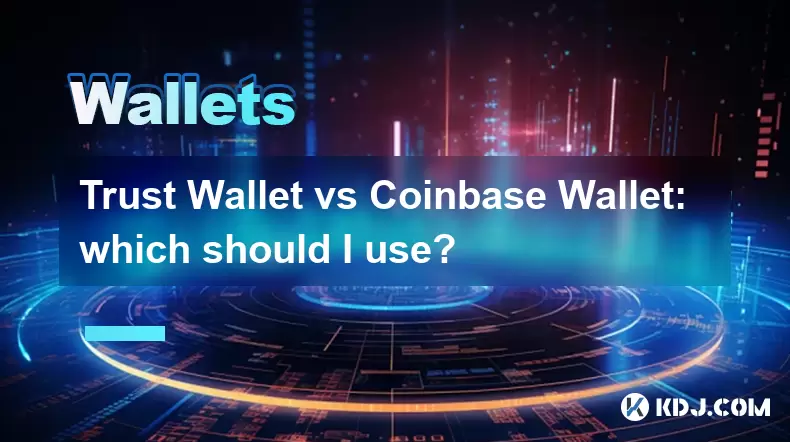
Overview of Trust Wallet and Coinbase Wallet
When choosing between Trust Wallet and Coinbase Wallet, it's essential to understand the core features and functionalities each offers. Both wallets serve as digital storage for cryptocurrencies, but they differ significantly in terms of interface, supported assets, security mechanisms, and user experience.
Trust Wallet, developed by Binance, is a non-custodial wallet that gives users full control over their private keys. It supports a wide range of blockchain networks and tokens, including Ethereum-based ERC-20 tokens and Binance Smart Chain assets. The app also integrates with decentralized applications (dApps), making it a popular choice among DeFi enthusiasts.
On the other hand, Coinbase Wallet is also a non-custodial wallet but comes from one of the most established names in the cryptocurrency industry. While it offers similar functionality such as storing private keys locally and supporting dApp interactions, it has a slightly different approach in design and integration with the broader Coinbase ecosystem.
Key difference: Trust Wallet focuses on multi-chain support and dApp interaction, while Coinbase Wallet emphasizes seamless integration with Coinbase's centralized exchange services.
User Interface and Experience
The interface of Trust Wallet is designed to be straightforward and intuitive. Upon opening the app, users are greeted with a dashboard that displays all their supported crypto assets across various blockchains. Navigation is smooth, and switching between different networks is easy through the settings menu.
Coinbase Wallet takes a slightly more polished approach. Its UI is clean and minimalistic, focusing on simplicity for beginners. Users can easily track balances, send or receive funds, and interact with dApps without being overwhelmed by too many options upfront.
Both wallets offer biometric login (fingerprint or facial recognition) and allow users to back up their recovery phrases during setup. However, Coinbase Wallet provides a step-by-step guide during backup, which may be more reassuring for less tech-savvy users.
- Trust Wallet allows direct swapping of tokens within the app via integrated decentralized exchanges like PancakeSwap.
- Coinbase Wallet does not include built-in token swapping but connects easily with external dApps for such actions.
Supported Assets and Network Compatibility
One of the major considerations when choosing a wallet is the number of supported assets and network compatibility. Trust Wallet excels in this area, supporting over 4 million tokens across multiple blockchains such as Ethereum, Binance Smart Chain, Solana, Polygon, Avalanche, and more.
Coinbase Wallet supports a broad array of assets as well, particularly those listed on the Coinbase exchange. It covers major networks like Ethereum, Solana, and Polygon but lags slightly behind Trust Wallet in terms of niche or newer blockchain integrations.
Important note: If you frequently use cross-chain assets or participate in emerging DeFi protocols, Trust Wallet might be the better option due to its wider network coverage.
Additionally, both wallets allow users to manually add tokens if they are not automatically detected, though the process varies slightly between platforms.
Security Features and Control Over Private Keys
Since both Trust Wallet and Coinbase Wallet are non-custodial, users retain full control over their private keys. This means neither wallet holds access to your funds, which enhances security compared to custodial wallets.
However, the responsibility of securing recovery phrases falls entirely on the user. Both apps emphasize backing up recovery phrases during initial setup and provide warnings about phishing attempts or unauthorized access.
Trust Wallet stores private keys locally on the device and never sends them to any server. Similarly, Coinbase Wallet encrypts private keys on the user’s device and ensures no data is stored remotely.
- Neither wallet has had any major security breaches reported to date.
- Always ensure you store recovery phrases offline and avoid sharing them with anyone.
Despite both being secure, some users prefer Trust Wallet for its open-source nature and transparency regarding key management practices.
Integration with dApps and Decentralized Finance (DeFi)
For users who actively engage with decentralized finance, interacting with dApps is crucial. Both Trust Wallet and Coinbase Wallet offer dApp browsers and wallet connectivity.
Trust Wallet includes a built-in dApp browser, allowing users to directly access platforms like Uniswap, SushiSwap, Aave, and more without leaving the app. It also supports Web3 connections for websites requiring wallet authentication.
Coinbase Wallet also enables dApp interaction but requires users to navigate through the "Discover" section or connect externally via the browser. While functional, it may feel slightly less streamlined than Trust Wallet’s integrated approach.
- Trust Wallet supports staking and yield farming directly within the app via partnered dApps.
- Coinbase Wallet focuses more on basic transactions and linking to Coinbase Exchange for fiat conversions.
If you're heavily involved in DeFi or NFT trading, Trust Wallet’s deeper integration with decentralized platforms might be more beneficial.
Frequently Asked Questions
Q: Can I use both Trust Wallet and Coinbase Wallet simultaneously?
Yes, many users maintain multiple wallets for different purposes. For example, you can use Trust Wallet for DeFi activities and Coinbase Wallet for holding assets linked to your Coinbase account.
Q: Which wallet supports more NFTs?
Both wallets support NFTs, but Trust Wallet has a dedicated NFT tab and better integration with NFT marketplaces like OpenSea and Rarible. Coinbase Wallet supports NFT viewing but lacks advanced NFT tools.
Q: Is there a fee for using either wallet?
No, both wallets are free to download and use. However, transaction fees (gas fees) on the blockchain are paid separately and depend on network congestion, not the wallet itself.
Q: Are these wallets available on desktop?
Currently, both Trust Wallet and Coinbase Wallet are mobile-first applications. However, you can use browser extensions like MetaMask alongside them for desktop use.
免责声明:info@kdj.com
所提供的信息并非交易建议。根据本文提供的信息进行的任何投资,kdj.com不承担任何责任。加密货币具有高波动性,强烈建议您深入研究后,谨慎投资!
如您认为本网站上使用的内容侵犯了您的版权,请立即联系我们(info@kdj.com),我们将及时删除。
- Coinbase(Coin)IPO闪回:集会过度扩展还是刚开始?
- 2025-07-08 22:50:12
- 比特币价格,埃隆·马斯克(Elon Musk)和btcbull:看涨的三杆?
- 2025-07-09 00:10:12
- Toonie麻烦:像专家一样发现假货
- 2025-07-08 22:50:12
- Coinbase,Crypto Stocks和Ozak AI:乘坐Web3浪潮
- 2025-07-08 23:10:14
- Binance,Bitcoin和Spot Market:深入研究主导地位
- 2025-07-09 00:15:12
- BTC,打snter代币和加密货币场景:有什么交易?
- 2025-07-08 23:15:12
相关百科
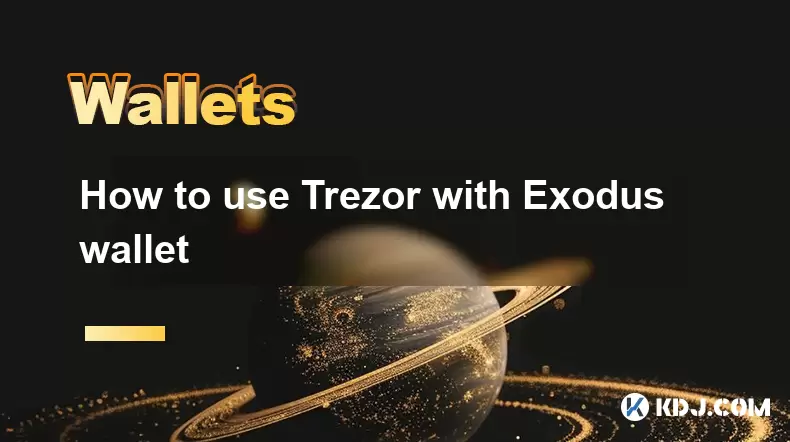
如何将Trezor与Exodus Wallet一起使用
2025-07-09 00:49:34
将Trezor硬件钱包连接到出埃及软件钱包要将Trezor与Exodus Wallet一起使用,用户需要将硬件钱包连接到Exodus提供的软件接口。这种集成允许增强安全性,同时通过用户友好的界面管理数字资产。该过程涉及几个关键步骤,每个步骤都必须仔细遵循以确保安全和功能的连接。使用USB电缆插入Tr...
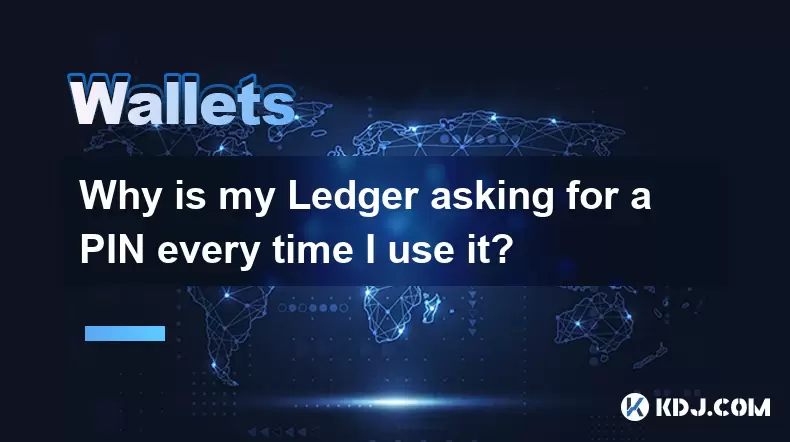
为什么我的分类帐每次使用时都要求销钉?
2025-07-08 23:21:50
了解分类帐设备上的针的目的PIN(个人身份证号码)是每个分类帐硬件钱包中内置的至关重要的安全功能。它的主要功能是保护您的设备免于未经授权的访问。首次设置分类帐时,提示您创建一个独特的引脚代码,该代码是加密货币持有的第一层防御层。这种机制确保了即使某人物理可以访问您的分类帐设备,他们也无法在不知道正确...
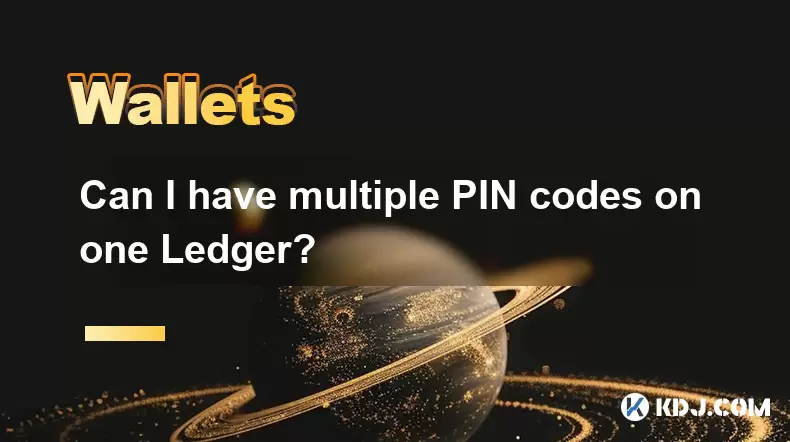
我可以在一个分类帐上有多个PIN代码吗?
2025-07-09 00:35:18
了解分散交流(DEX)的基础知识分散的交换或DEX是一种无中央权威运作的加密货币交易平台。与传统的集中交易所(CEXS)不同,DEX允许用户直接从其钱包进行交易,而无需将资金存入交易所本身。这种结构增强了安全性并降低了对手的风险,因为用户在整个交易过程中保留对其私钥的控制权。智能合约权力大多数分散的...
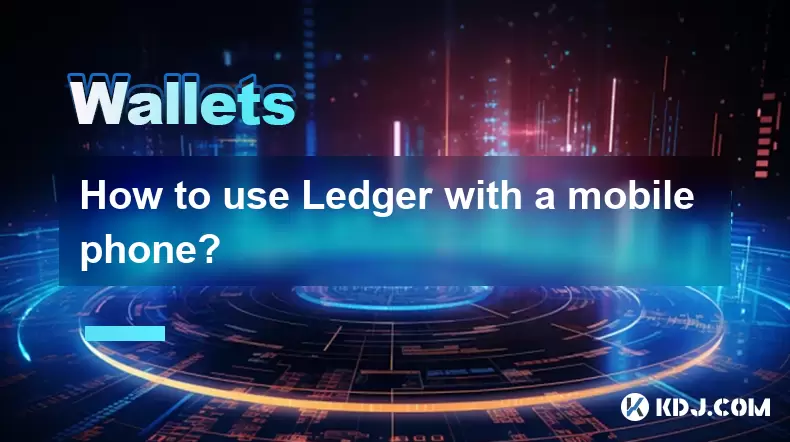
如何将Ledger与手机一起使用?
2025-07-08 22:49:45
将分类帐硬件钱包连接到移动设备使用手机使用分类帐硬件钱包,提供了一种安全便捷的方法来管理途中的加密货币。首先,请确保您的移动设备满足必要的要求:Android 8.0或更高或运行iOS 13.0或以后的iOS设备。 LEDGER LIVE应用必须从相应的App Store安装。使用适当的电缆将您的分...

How to avoid MetaMask phishing scams?
2025-07-08 23:35:31
<h3>Understanding MetaMask Phishing Scams</h3><p>MetaMask phishing scams are deceptive tactics used by cybercriminals to trick users...

How to recover my MetaMask wallet with a secret recovery phrase?
2025-07-08 22:01:05
<h3>Understanding the MetaMask Secret Recovery Phrase</h3><p>When using MetaMask, a widely adopted Ethereum-based wallet, users are ...

如何将Trezor与Exodus Wallet一起使用
2025-07-09 00:49:34
将Trezor硬件钱包连接到出埃及软件钱包要将Trezor与Exodus Wallet一起使用,用户需要将硬件钱包连接到Exodus提供的软件接口。这种集成允许增强安全性,同时通过用户友好的界面管理数字资产。该过程涉及几个关键步骤,每个步骤都必须仔细遵循以确保安全和功能的连接。使用USB电缆插入Tr...

为什么我的分类帐每次使用时都要求销钉?
2025-07-08 23:21:50
了解分类帐设备上的针的目的PIN(个人身份证号码)是每个分类帐硬件钱包中内置的至关重要的安全功能。它的主要功能是保护您的设备免于未经授权的访问。首次设置分类帐时,提示您创建一个独特的引脚代码,该代码是加密货币持有的第一层防御层。这种机制确保了即使某人物理可以访问您的分类帐设备,他们也无法在不知道正确...

我可以在一个分类帐上有多个PIN代码吗?
2025-07-09 00:35:18
了解分散交流(DEX)的基础知识分散的交换或DEX是一种无中央权威运作的加密货币交易平台。与传统的集中交易所(CEXS)不同,DEX允许用户直接从其钱包进行交易,而无需将资金存入交易所本身。这种结构增强了安全性并降低了对手的风险,因为用户在整个交易过程中保留对其私钥的控制权。智能合约权力大多数分散的...

如何将Ledger与手机一起使用?
2025-07-08 22:49:45
将分类帐硬件钱包连接到移动设备使用手机使用分类帐硬件钱包,提供了一种安全便捷的方法来管理途中的加密货币。首先,请确保您的移动设备满足必要的要求:Android 8.0或更高或运行iOS 13.0或以后的iOS设备。 LEDGER LIVE应用必须从相应的App Store安装。使用适当的电缆将您的分...

How to avoid MetaMask phishing scams?
2025-07-08 23:35:31
<h3>Understanding MetaMask Phishing Scams</h3><p>MetaMask phishing scams are deceptive tactics used by cybercriminals to trick users...

How to recover my MetaMask wallet with a secret recovery phrase?
2025-07-08 22:01:05
<h3>Understanding the MetaMask Secret Recovery Phrase</h3><p>When using MetaMask, a widely adopted Ethereum-based wallet, users are ...
查看所有文章

























































































